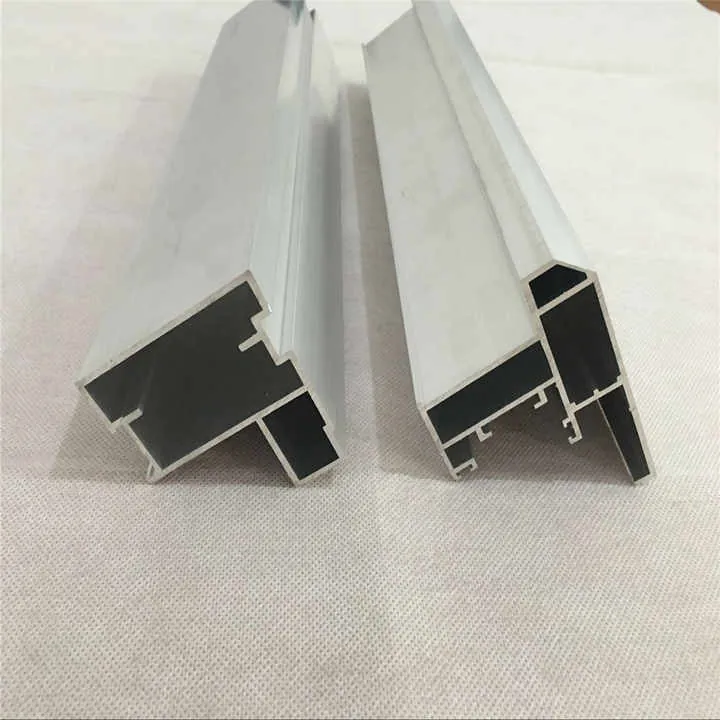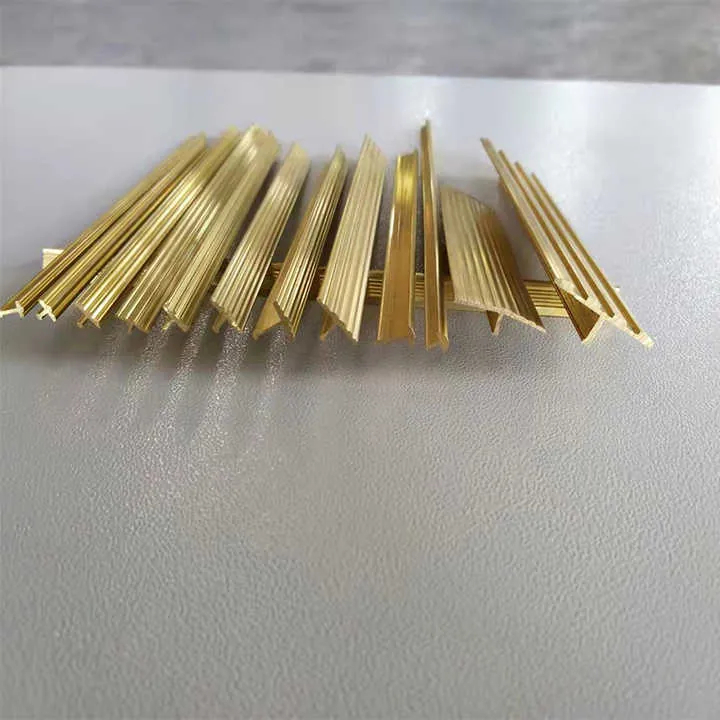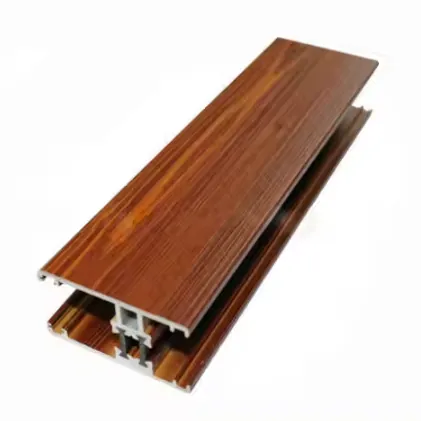J채널이란 무엇이며 이름과 일치하는 이유는 무엇인가요?


I often saw J‑Channel in siding work and wondered why it’s so simple yet vital. It grabs your eye and feels useful (I felt a bit curious).
A J‑Channel is a small trim piece. It looks like the letter J. It holds siding edges tight. This helps sidings stay neat and water‑safe.
Now, let’s dig deeper to see how it all works.
J채널이란 무엇이며 이름과 일치하는 이유는 무엇인가요?
I first learned about J‑Channels when I worked on a small siding project. The shape struck me. It curves like a “J.” That makes the name simple and true.
A J‑Channel is a metal or vinyl strip bent so one side is flat and the other side curves down. This curved side looks like the letter “J.” The flat side mounts on the wall. You slide siding edges into the curved part. That clear look makes the name fit well.
The J‑shaped channel also hides raw edges. It keeps the outer edge of siding or window trim clean. So it matches its name and function in an obvious way.
How Does a J‑Channel Protect Siding Edges?

A J‑Channel keeps siding edges from lifting. It holds edges tight so wind and rain cannot sneak in. It gives a neat edge that looks clean and finished.
I was on a siding corner where wind pushed up the edge. Without J‑Channel, the siding lifted. After I added J‑Channel, it stayed down. That taught me how much it matters.
When siding is cut to fit around windows or doors, you slide those cut edges into J‑Channel. It locks them in. It also redirects rainwater away from the raw cut. This barrier stops water from getting under and causing damage.
Why It Matters (Table)
| Problem Without J‑Channel | How J‑Channel Fixes It |
|---|---|
| Siding edges lifting in wind | Holds edges tight so they stay down |
| Water seeping under edges | Redirects water away, keeps dry |
| Rough, unfinished look | Hides raw cuts, looks neat |
| Poor flashing at openings | Integrates well with window/door |
Without J‑Channel, the siding is open to damage, water, and looks incomplete.
Why Is J‑Channel Essential for Vinyl Window Installations?

I installed vinyl windows once without J‑Channel and learned the hard way. Without it, the siding around the window looked rough and leaked a little. With J‑Channel, the finish was clean and sealed.
A J‑Channel makes a transition zone from siding to window trim. You can slide the siding into it and overlap over window opening. That covers the raw edge and leaves no gap.
It also guides water away from the top of the window and into the siding. That keeps the window flashing from getting exposed. It seals the area and ensures the insulation stays dry.
Even more, inspectors often check for J‑Channel. It shows you used proper trim and care in weatherproofing. That made me realize it’s not optional—it’s required for a solid, safe vinyl window install.
What Materials and Types of J‑Channels Should I Choose?

I once tried combining different materials—metal here, vinyl there—and it felt off. Now I pick the right one for the job and stick to it.
There are mainly two materials for J‑Channel:
| 재료 | 장점 | 단점 |
|---|---|---|
| 비닐 | Matches vinyl siding, resists rust | Can warp in high heat |
| Aluminum/Steel | Very strong, resists dents | May not match siding look |
For a vinyl siding job, I always choose a vinyl J‑Channel of the same color and profile. It blends in and expands similarly in heat. That keeps lines straight.
For places where strength matters—like deep cuts or thick rainspray—I pick aluminum or galvanized steel J‑Channel. I just then paint or match its color if I can.
Variations to Know
- Standard J‑Channel: Simple, straight. Works for most edges.
- Flanged J‑Channel: Has extra flat ledge to nail over. Gives more grip.
- Drip‑Edge J‑Channel: Has a tiny lip to help water drip off better. Good above windows or doors.
I weigh the location, exposure to weather, and siding material before choosing type and material.
결론
J‑Channel is a simple trim piece shaped like a “J” that holds siding edges tight. It protects against wind and water. It keeps siding around windows neat and sealed. Choose vinyl for matching siding and aluminum/steel for strength. It makes your siding job cleaner, safer, and better.



